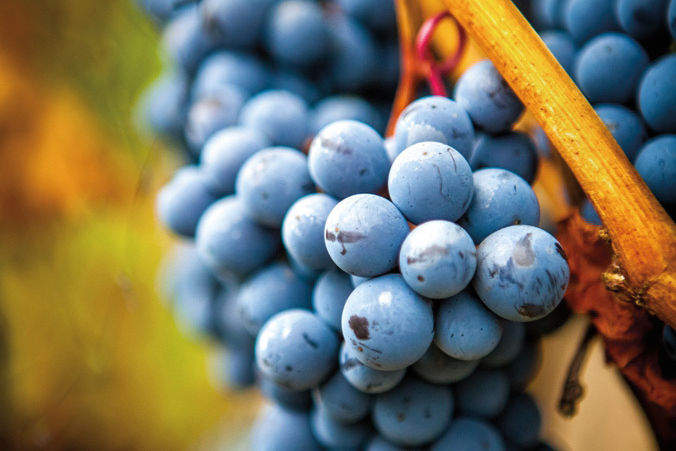Fevers and Chills

Image: Courtesy Troon Vineyard
WINES ARE LIKE CHILDREN: they reflect the time of their birth and the quality of their upbringing.
Oregon’s cooler summers tend to produce the easygoing pinot noir vintages we’re accustomed to. Hot summers, however, are trouble, unless the winemaker is something of a genius. But in the blistering summer of 2006, even the geniuses faced particularly rambunctious grapes: the vines gathered more “heat units” than they had in any other year on record, and the resulting grapes were off-the-charts sweet with sugar. The winemaking process converts sugar into alcohol, so the Willamette Valley’s 2006 wines are extremely ripe, intense, and “hot” from alcohol.
Some winemakers tamed the alcohol. But others made a vintage that embraces the bigness and heat. Like a hyperactive kid, these wines flash and crash, and have a limited palate persistence. In contrast, the best wines of 2006 have a controlled strength, their Type A personalities offering a richness and fullness that can be found only in the ripest of vintages.
In 2007, cooler temperatures prevailed, and rain arrived during the harvest. The wines couldn’t be more different than those of 2006—light, ethereal, and floral at their best; tart, thin, and watery at their worst. Since pinot noir relies on acidity for its structure and is typically floral in scent and feminine in texture, 2007’s grapes actually allowed many winemakers to emphasize more clearly, if not as loudly, the most attractive qualities of these finicky grapes.
Picking which of these two vintages is superior is like choosing which of your children you love more. Neither is “better.” The most successful are simply the clearest expressions of their time and place, crushed and bottled.




